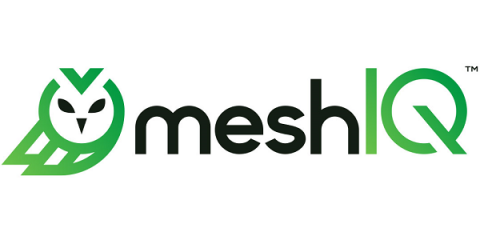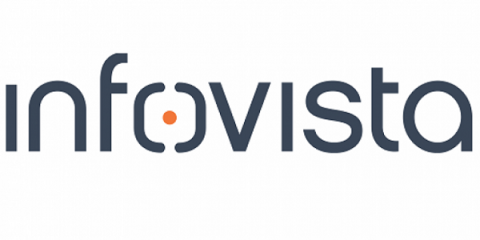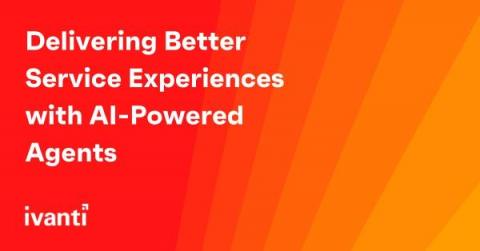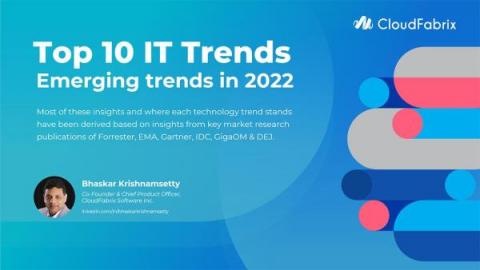Why You Shouldn't Blame Artificial Intelligence for Poor Recruiting Processes
A few stories have emerged lately about how companies are having difficulty hiring enough people to fill key positions. These articles allege that automated talent acquisition (TA) or Applicant Tracking Systems (ATS) reject millions of candidates solely due to minor flaws in their applications such as gaps in their work histories, failing to meet a long list of exacting job requirements, or failing to use the language of the job description on their resume.






